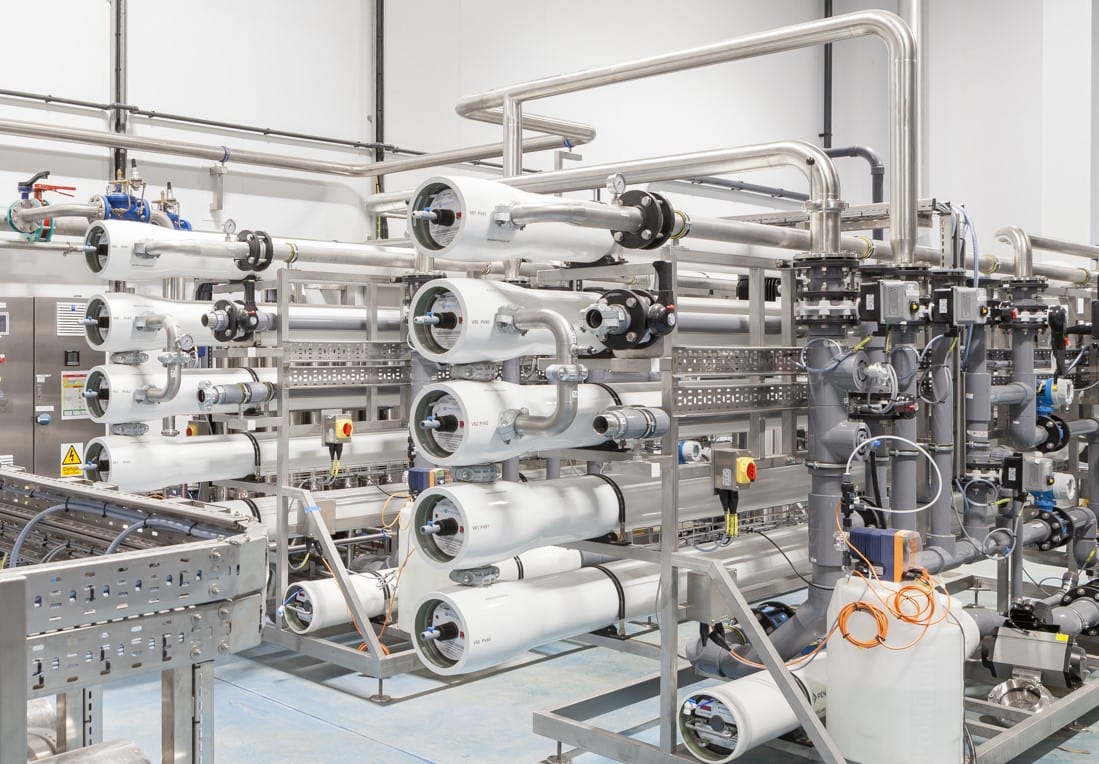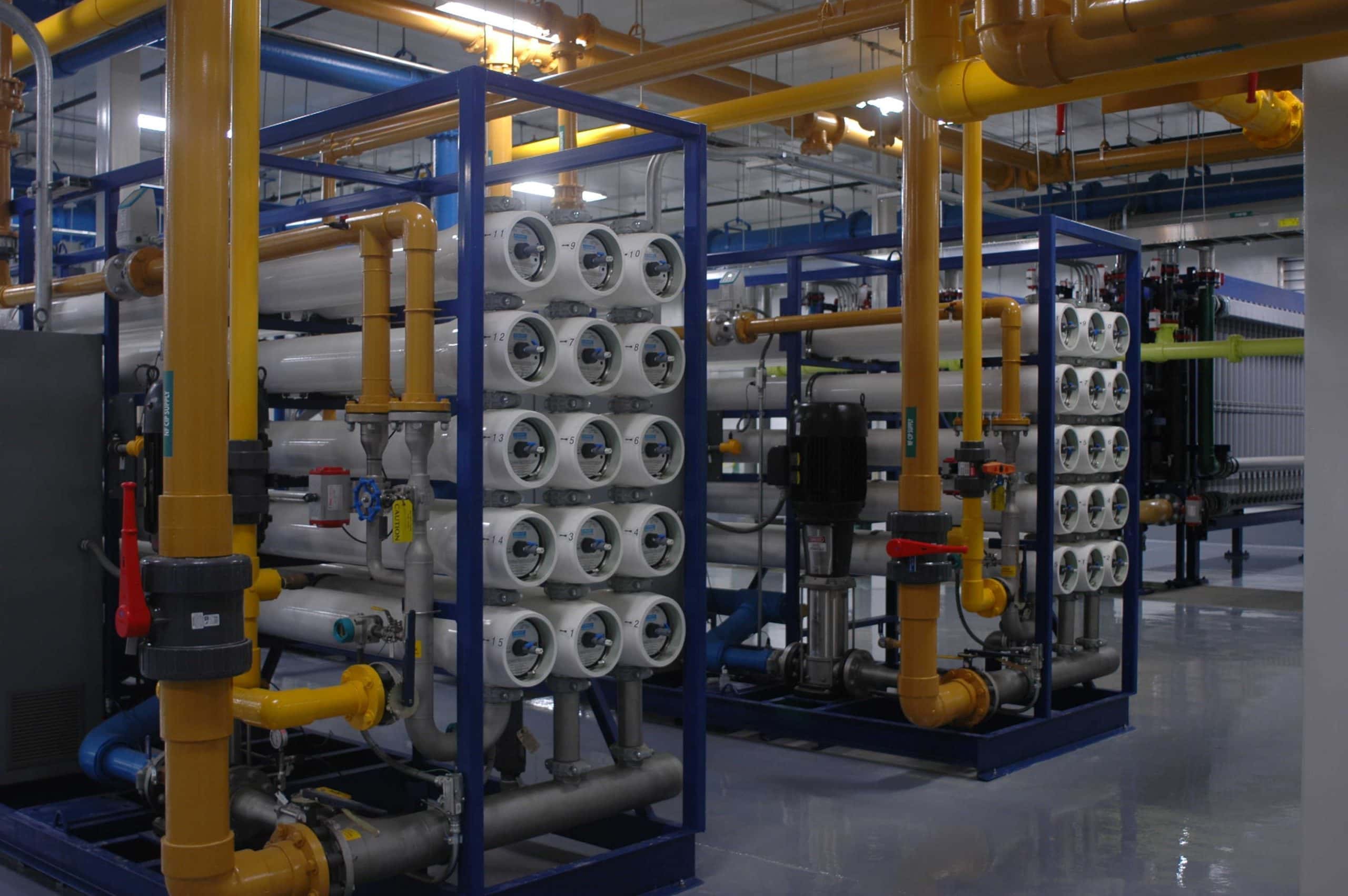Reverse Osmosis Membranes
We offer a quality range of RO Membranes for Reverse Osmosis Plants, which are used to remove pesticides, contamination and even dissolved salts from the water through reverse osmosis method. Because we can customize absolutely everything to the customer’s water chemistry and operating conditions, a unit supplied to one customer is significantly different from another customer. Our industrial Reverse osmosis Plant is widely acknowledged as it is simple to operate, easy to maintain, automatic operation, has compact properties and is available at a competitively affordable price. We are capable of producing the best products for the Customers and can also customize them as per their specific requirements. We pack our all products in safe packaging ensuring their complete safety during transit and can also provide customized packaging facility if it is asked by our customers.
Reverse Osmosis System is used for treatment of water for reduction of high dissolved solids. The flow of the solvent is reversed by applying external pressure to the concentrated side. The concept is widely used to fresh water from any quality of water whether brackish or even seawater. The plants are either standard or custom built to suit regular and specific requirements of the customer. The packaged models are from 10 lph to higher flow to suit for domestic and higher flow for commercial & industrial applications. Water being an essential part of life sometimes contains high salt impurities and unwanted ions which can be removed through membrane technology with a membrane porosity of 0.0001 microns.
What is RO Membrane ?
This is one of the most efficient methods of water softening. A lot of processes are involved here, but the initial stage involves passing the water through a semipermeable membrane and other larger particles. Some of the particles from the hard water such as calcium and magnesium ions are removed in the osmotic membrane chamber. In this chamber, these ions are separate from the water, and this is possible because the membrane has very tiny holes which can only allow water molecules. A single solution is used for water softening and for water purification.

This therefore, means that only pure water will be allowed to pass through the membrane and that means that the water will have been softened. Reverse osmosis/Hyperfiltration completely removes contaminants and is one of the most used water purification processes around the world. In addition to water purification, the reverse osmosis process works in desalination of water, concentration of liquids and kidney dialysis.

How does a RO Membrane Works ?
Reverse osmosis works by forcing water through a membrane. RO Membranes play an important role in the production of Industrial Potable water. A water purification technology that uses a semipermeable membrane to remove ions, molecules and larger particles that are present in water. The Reverse osmosis uses an applied pressure to overcome osmotic pressure. A Reverse osmosis membrane removes all kinds of contaminants including bacteria. This aids in removing some chemicals from the water. This is the “reverse” in reverse osmosis, since the pressure is needed to reverse the natural process of osmosis.
According to the Water Quality Institute. Natural osmosis, the less concentrated water (purified) will move to water with greater concentrations of minerals, particles, etc., in order to dilute it.
Advantages of RO Membranes :
- It is the best method for water softening.
- No ion particles can be allowed to enter through
the semipermeable membrane. - Simple maintenance.
- Environment Friendly.
- They require a minimal amount of power.
- Reverse osmosis systems work well in home filtration systems because they are typically small in size.
- Taste of the purified water is another distinct advantage.
- Prevention of corrosion caused in Pipes and Motors.
Disadvantages of RO Membranes :
- A lot of energy is required for the whole process.
- Lot of pressure needed so that deionization can occur.
- The water becomes acidic because it has been deionised of all its mineral content.
- It is not advisable drinking water from the process because naturally, the water must possess some minerals which help in the functioning of the body.
- Reverse osmosis requires an enormous amount of water. And typically return as little as 5 to 15 percent.
Browse Our Products
Reverse osmosis is a very effective way of water softening and water purification
